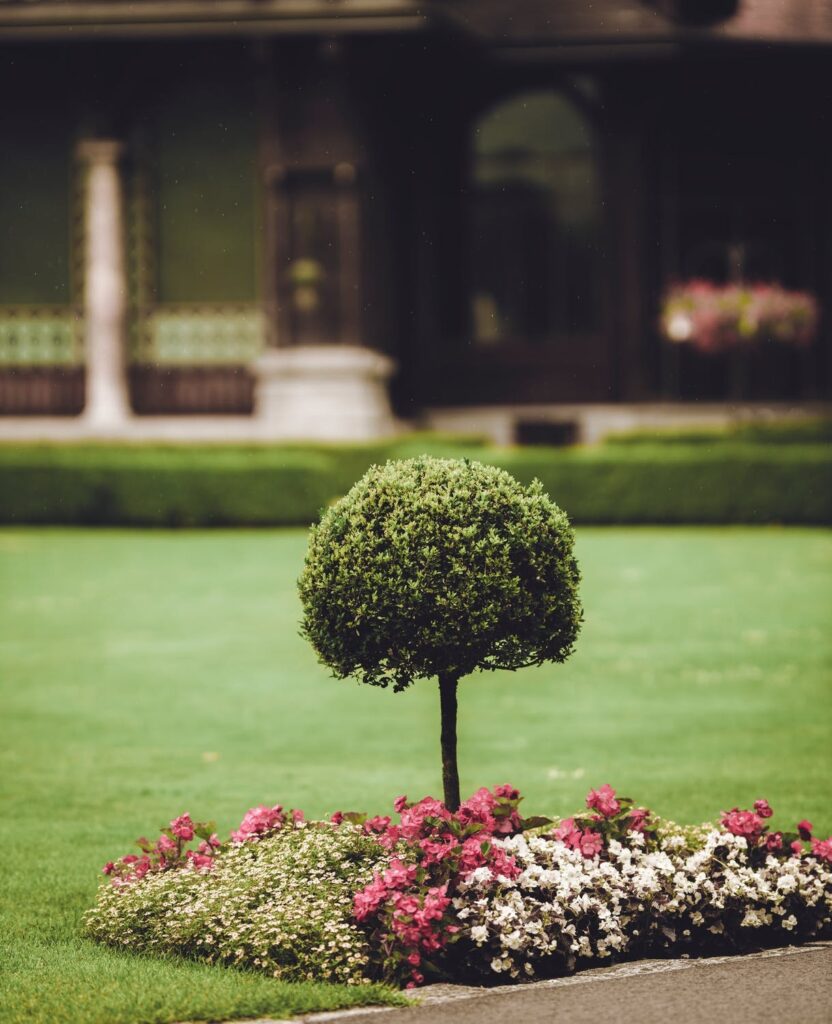Gardens should be lovely relaxing places to spend a little time, but for children and adults with autism, that is sadly not always the case.
Garden environments can be very overwhelming for some people with autism because there is just so much going on in them. Luckily, it is possible to create and maintain a beautiful garden that the whole family, even those members with autism, can truly feel at home in.
Below you will find some of my best tips for creating an autism-friendly garden right now:

Ensure it’s safe
The first thing you will need to do is ensure your garden is safe for everyone. From calling in mosquito control to removing rubble and covering any ponds that could be hazardous and mending broken fences, do everything you can to make your garden as safe and secure as you can.
Section it off
Creating an autism-friendly garden means that you should aim to prevent the sights, sounds, and smells of the garden from being too overwhelming. A really good way to do this is by sectioning it off so you have one area that’s for smells, one that’s for sounds, one that’s for tactile play, and so on. Bamboo screens are great for sectioning off, but so are hedges, mature stress, and even fences, so choose whatever option suits you best.
Create a calm zone
The calm zone should be a place where the person with autism can go to relax and avoid too much stimulation. Ideally, it should have a small shed or shelter with a chair where they can sit. It may also be a good idea to fill it with bushes which will help to filter noise, and if it is safe for them, a small water feature because the sound of running water is great at muffling other noises and creating a soothing atmosphere too.
Think about texture
Many autistic people enjoy the sensory experience of having lots of textures to play with. In the garden, this means planting lots of long tickly grasses, trees with rough bark, delicate flowers, and so on. Basically, mix it up and have lots of different textures without planting the garden so densely that it could become overwhelming.
Focus on scent
An autism-friendly garden should also have a strong focus on scents because they can help to stimulate autistic people without overwhelming them. Ideally, you should focus on flowers and plants that give off calming aromas, such as lavender, chamomile, eucalyptus, and rose. Place some garden furniture in the midst of the scented area and the whole family will love sitting there, taking in deep breaths and being relaxed by the aromas that arise.
Add some sand and gravel
Sand and gravel are pleasingly crunchy and trickly respectively. If you have an autistic child, they will love crunching gravel under their feet or playing with sand, letting it slip through their hands, so be sure to have some of each in the garden if you can.
Enjoy your brand new autism-friendly garden!
This is a contributed post and therefore may not reflect the views and opinions of this blog or its author. ☺



